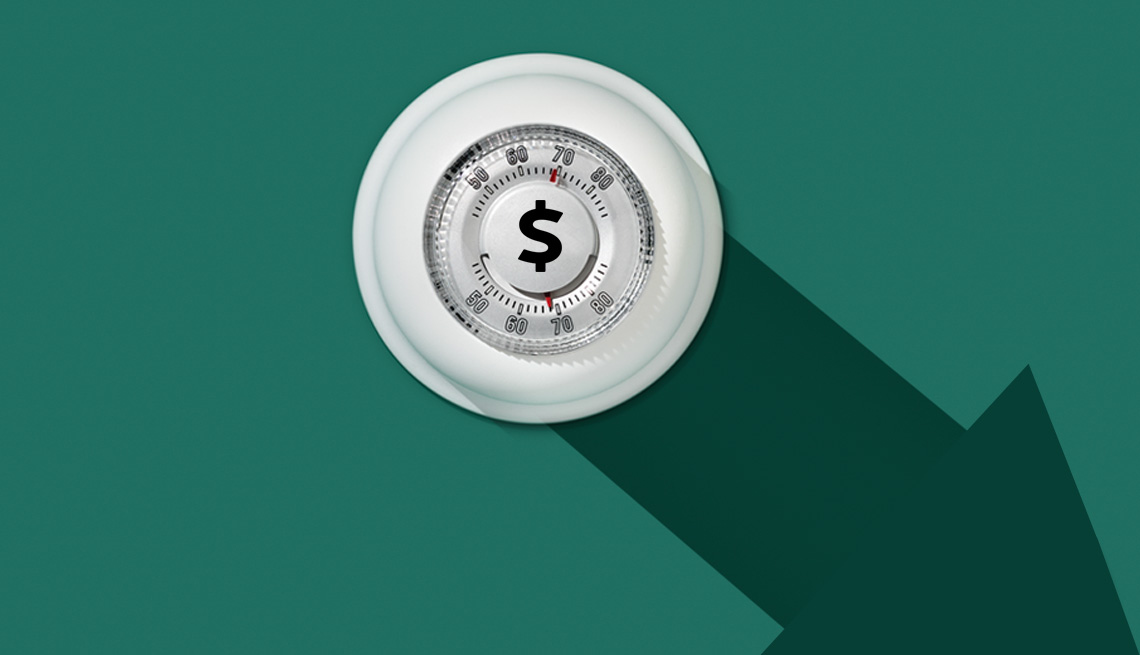AARP Hearing Center
Home energy prices are falling year over year, but with a cold snap plunging much of the country into bitter cold, it may not feel like much relief. As of December’s consumer price index, home heating prices are down 14.7 percent from a year earlier while natural gas prices are 13.8 percent lower. Still, with inflation elevated, consumers are looking for ways to save.
That's even with spring around the corner and, eventually, warmer weather. Consumers will be shelling out money for home energy for several more weeks, particularly for residents of the Northeast, which has the vast majority of heating oil customers. For budget-conscious homeowners, the good news is that there are ways to save, including the following.
Reduce your consumption
A surefire way to lower your home energy bill is to reduce your consumption. According to Energy Star, you’ll save 10 percent on your energy consumption for every 10 degrees you lower the temperature in your home. If you have a programmable thermostat, you can set it to do that automatically when you’re at work or asleep.
If you’re traveling, consider turning your water heater down to a vacation setting. You don’t need a 40-gallon tank of water heated to 120 degrees or more if you won’t be taking a hot shower for a few days. Remember to turn it back on when you return from your trip.
Shutting doors in unused rooms can also help you conserve heat. Heat will remain in the room longer, which means your system won’t have to pump out more hot air. If you have an oil-fired heating system, Energy Star recommends getting it cleaned and tuned annually, while a gas-fired one can be cleaned every three years. Regular maintenance will increase its life span and reduce heating costs.




































































